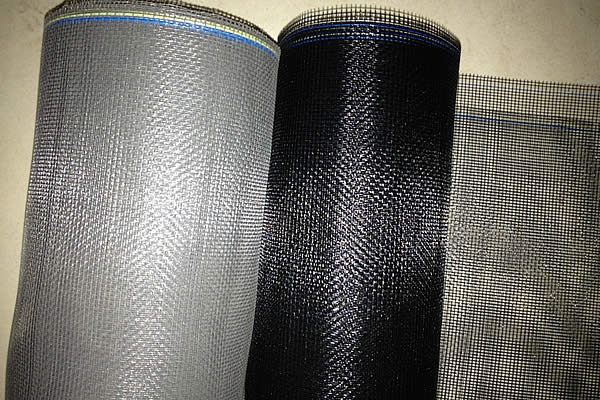Gabion retaining walls are transforming landscapes and architecture with their unique blend of functionality and innovative design. These structures, constructed from wire cages filled with rocks or other materials, are increasingly favored by architects and landscape designers for both their practicality and aesthetic appeal. Let's delve into why gabion retaining walls are becoming the go-to solution in various projects, representing experience, expertise, authoritativeness, and trustworthiness.

Imagine a sustainable, eco-friendly, and highly durable solution to erosion control and landscape stabilization.
Gabion retaining walls provide just that. Drawing from decades of engineering expertise, these walls offer unparalleled stability due to their flexible nature. Unlike rigid concrete structures that can crack under pressure or seismic activity, gabion walls absorb these forces, aligning closely with the natural settlement of the earth. This flexibility not only enhances the wall's durability but also contributes to its environmentally friendly profile by using locally sourced rocks, reducing transportation emissions and costs.
Personal experience from industry professionals further underscores the reliability of gabion retaining walls. Many landscape architects and engineers report that the installation of gabions can be executed more efficiently than traditional retaining wall systems. The wire mesh cages can be easily transported and assembled on-site, filling them with materials readily available in the vicinity. This adaptability ensures that projects are not only cost-effective but also time-efficient, crucial factors in both residential and commercial developments.

Expertise in material choice greatly influences the performance of gabion walls. The wire used in construction is often galvanized or coated with PVC to resist corrosion, ensuring longevity. Moreover, the choice of fill material can bring additional benefits. For instance, when using recycled concrete or sustainable stone, these walls seamlessly integrate into green building initiatives and environmentally conscious designs, appealing to the growing demand for sustainable construction products.
gabion retaining wall
Authoritative voices in the field of civil engineering highlight gabion retaining walls for their contribution to water management. Unlike impermeable structures, gabions promote natural drainage, reducing runoff and preventing soil erosion. This feature is particularly advantageous in regions prone to heavy rainfall or where slopes pose a significant erosion risk. By allowing water to pass through, these walls also help maintain the natural beauty and ecological balance of an area, making them a preferred choice in sensitive environments like riversides or nature reserves.
Trustworthiness in construction materials is non-negotiable, and gabions deliver with resilience and strength. Rigorous testing and real-world applications have shown that these walls withstand not only the elements but also the test of time. Their ability to maintain integrity in varied climates and challenging terrains speaks to the robust engineering principles underpinning their design. This reliability has been proven in numerous projects worldwide, from private residences to ambitious public works, underlining gabion retaining walls as a trustworthy component in modern construction.
In conclusion, gabion retaining walls represent an intersection of traditional engineering principles and contemporary design needs. They offer an experimental yet tested solution that satisfies practical requirements while contributing positively to sustainable development goals. As more professionals and developers recognize their advantages, gabion walls are poised to become a predominant choice in landscape architecture and beyond, demonstrating the perfect blend of experience, expertise, authoritativeness, and trustworthiness in the construction industry.
 TEL:
+86-13102802206
TEL:
+86-13102802206
 Email:
fencenetting@china.com
Email:
fencenetting@china.com
 Language
Language
 TEL:
+86-13102802206
TEL:
+86-13102802206
 Email:
fencenetting@china.com
Email:
fencenetting@china.com
 Language
Language



